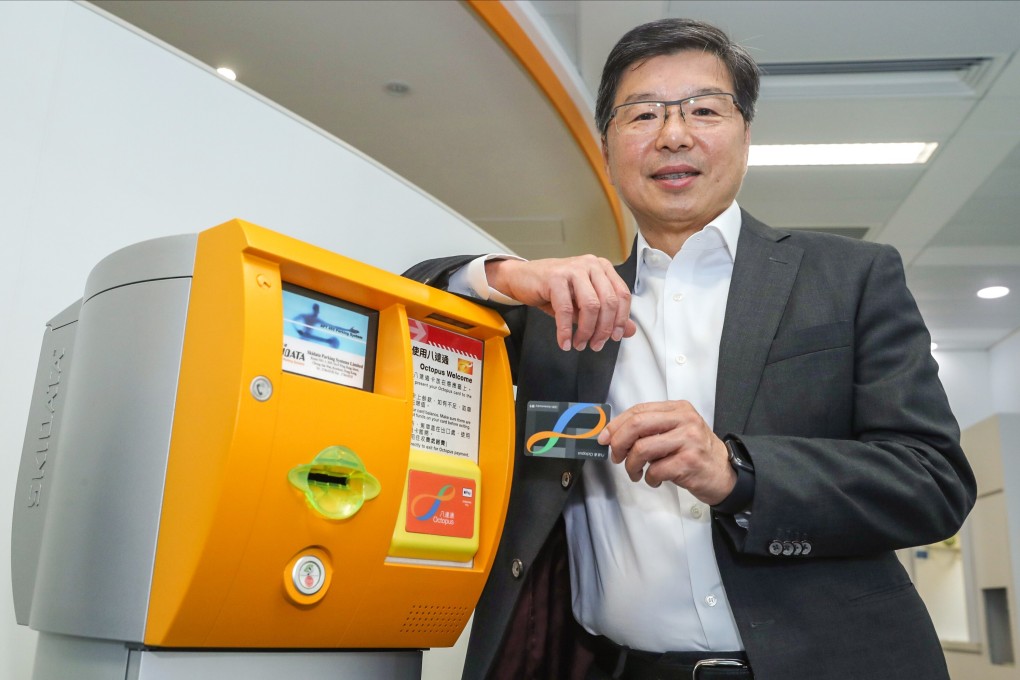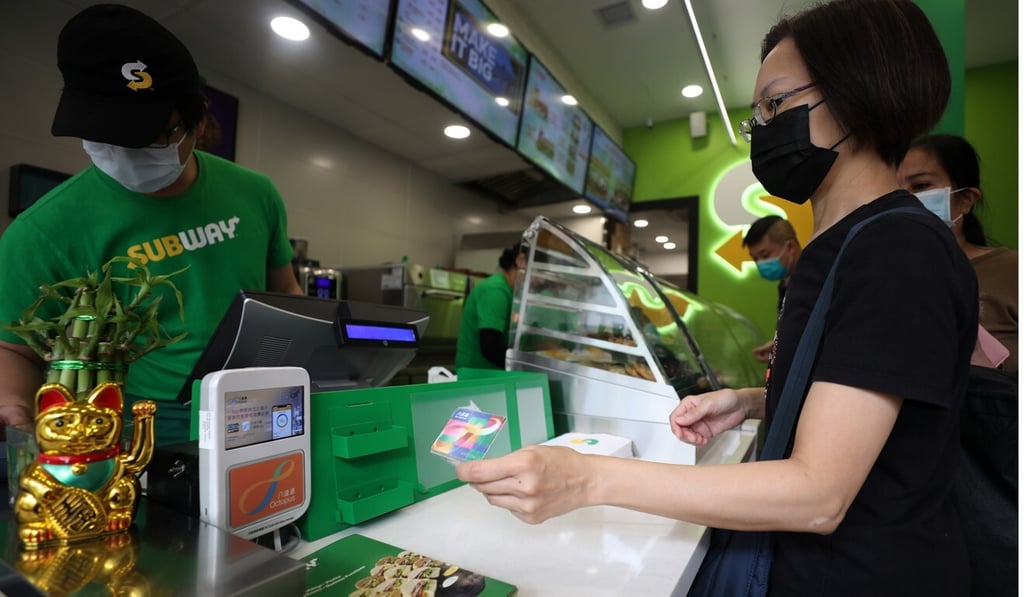Exclusive | Hong Kong’s Octopus aims to spread tentacles with contactless card for paying fares in mainland China
- Outgoing Octopus Holdings’ chief Sunny Cheung says the company is seeking to join a nationwide contactless card initiative called China T-Union
- The 66-year-old CEO, who retires on Monday after a near nine-year stint with the company, says the aim is to increase cross-border connectivity

Hongkongers will for the first time be able to use contactless Octopus cards to pay for most public transport fares in mainland China by as early as next year, according to the company’s outgoing CEO.
Octopus Holdings’ Sunny Cheung Yiu-tong said a new card, which would be compatible with the electronic payment standards in the city and the mainland, would be available for use on taxis, buses, subways and ferries across the border.
He said the company was seeking to join a nationwide Ministry of Transport initiative, which created standards for contactless cards called China T-Union.
The 66-year-old, who retires on Monday after a near nine-year stint with the company, said the move would mark the first extension of Octopus’ tentacles beyond Hong Kong since the home-grown brand and technology debuted in 1997.
